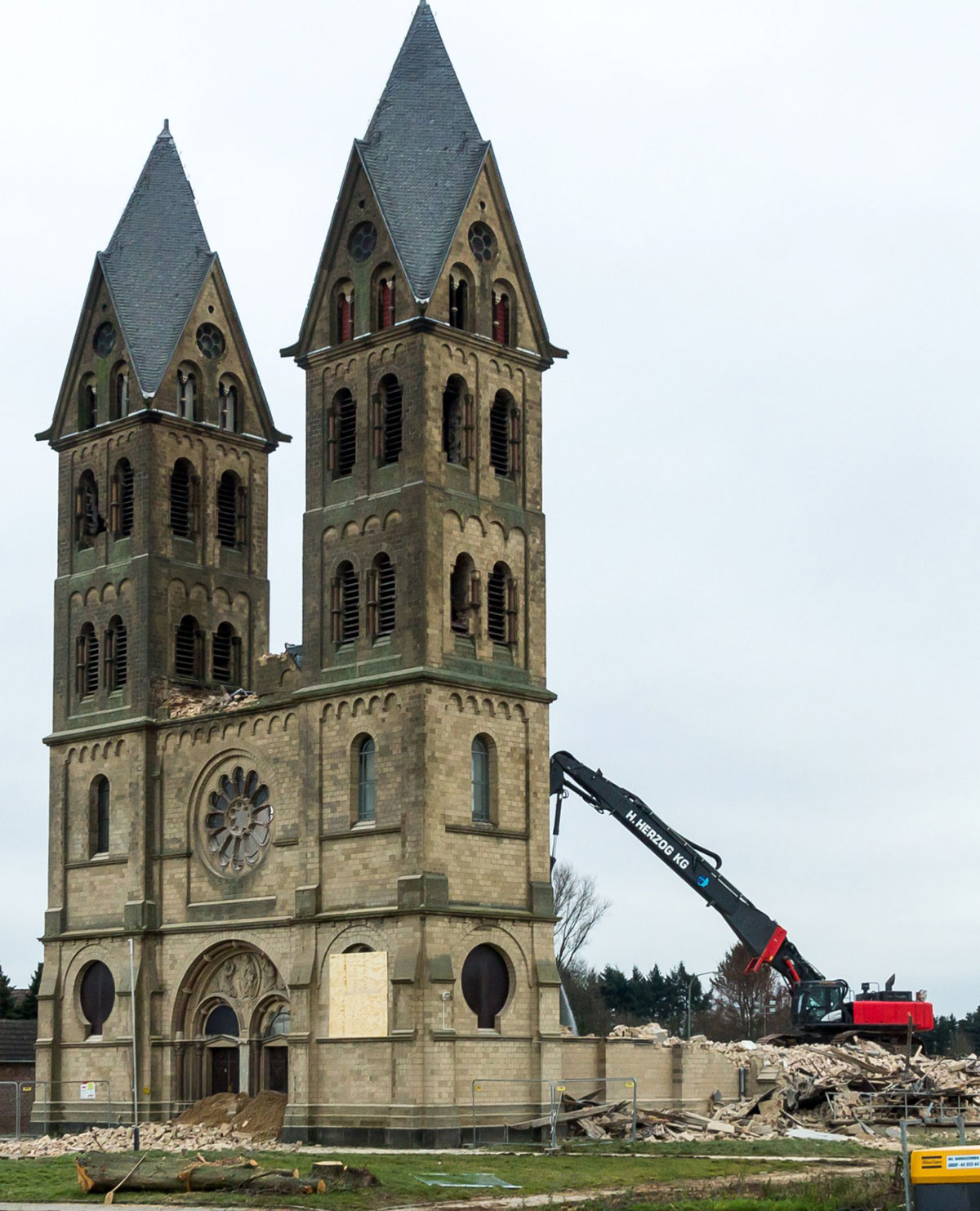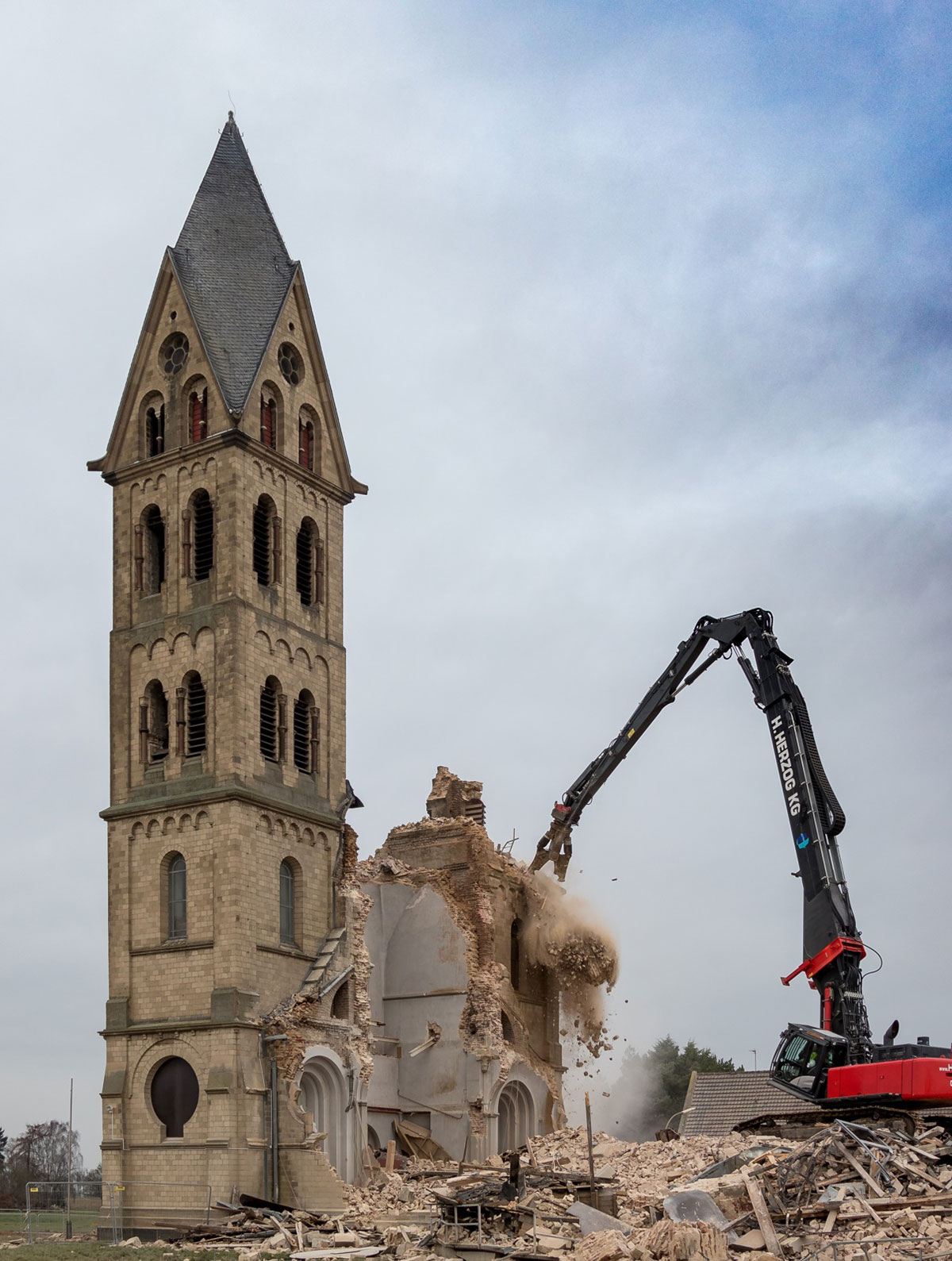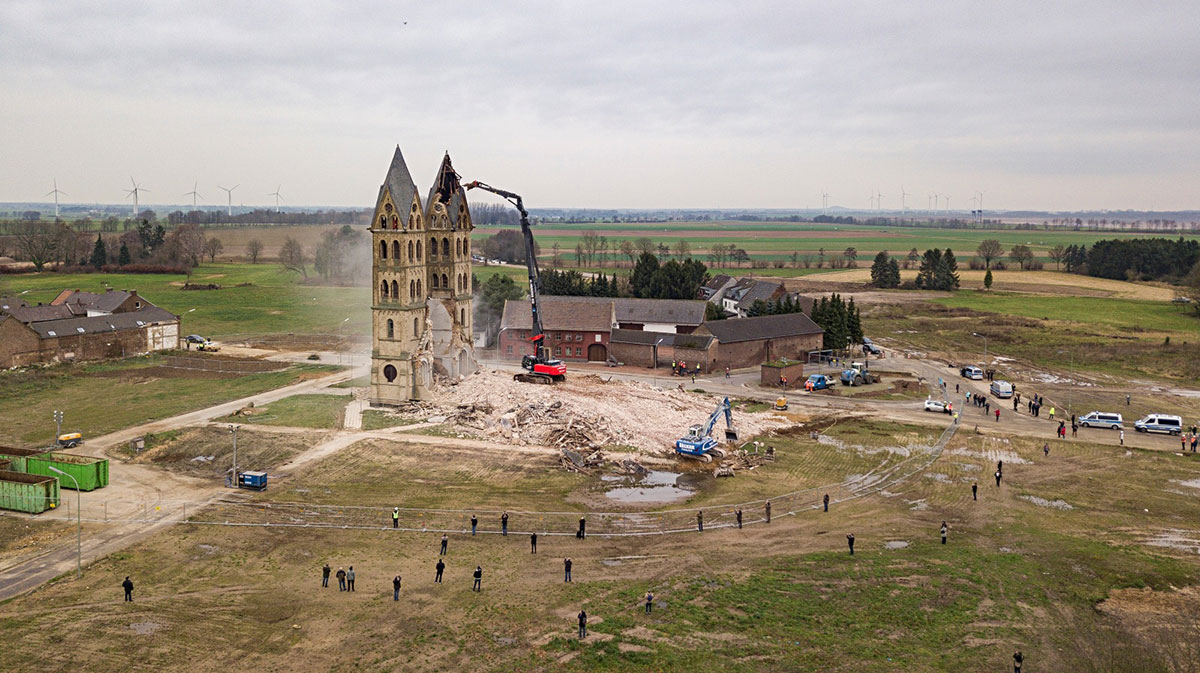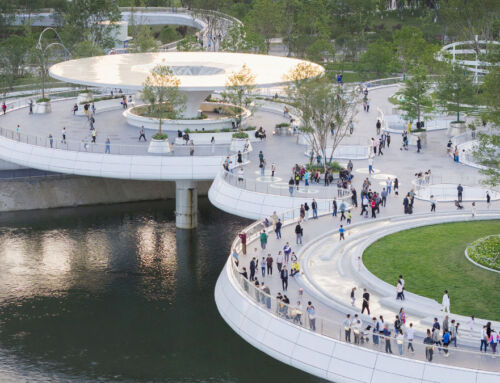One of the important aspects of preserving the historical heritage of a country or region, is the cost of the work required to do so. Europe, with a vast history that makes it worthy of the appellation “old continent”, has countless historic buildings and monuments, which are, unsurprisingly, a magnificent testimony to its past. However, many of them suffer from deterioration and neglect due to lack of budget; or because they are owned by private individuals who are unable – or unwilling – to bear the cost of conservation.
It is common for public heritage buildings and monuments to be protected by urban planning regulations that require them to be restored, either for the original use for which they were built, or for a different one. And all, of course, without losing their characteristic architectural features. However, there are many examples of the latter case, of heritage buildings that are transformed to accommodate other uses.

© Raimond Spekking / CC BY-SA 4.0 (via Wikimedia Commons)
Cinemas converted into restaurants, theatres transformed into shops, old churches and convents converted into museums, interpretation centres or tourist accommodation…. Sometimes this transformation is essential to keep alive a historical legacy that would otherwise be lost. Nevertheless, there are cases in which certain historic buildings end up being demolished. Sometimes the land they occupy is rezoned for uses that have priority.

© Superbass / CC BY-SA 4.0 (via Wikimedia Commons)
A paradigmatic case is that of the church of St. Lambert in Immerath, Germany, which was built in the 12th century and rebuilt in 1888. The church, along with the village where it was located, was sacrificed in 2018 to expand the Garzweiler open-cast lignite mine. After being deconsecrated in 2013, the demolition of the church was the epilogue of a process that included the relocation of the village and its main buildings to the new town of Immerath-Neu, 11 kilometres away. An example of the delicate balance between heritage conservation and the reuse of the space it occupies for other purposes.
By Jorge Laguna, head of the structures section of Amusement Logic’s Architecture Dept.
Header image: Arne Müseler /arne-mueseler.com / CC-BY-SA-3.0






